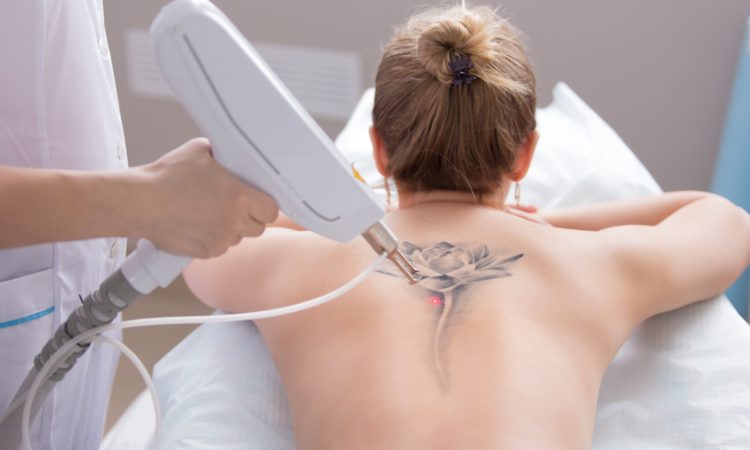
A tattoo is a permanent body alteration in which an artist injects inks and pigments (dyes) into your skin. Tattoo removal is the process of removing permanent ink from your body. Typically, your immune system attempts to rid your body of foreign particles, but ink particles are too large for your immune system to clear, which is why they are permanent. Tattoo removal may be a complicated process that requires numerous sessions. This occurs because permanent ink granules from professional tattoos persist beneath the surface of your skin.
There are various tattoo removal options in Singapore, the most prevalent of which is laser tattoo removal. If you wish to remove an undesirable tattoo, consult a healthcare physician or a dermatologist to learn about your alternatives.
What is the procedure for tattoo removal?
Each tattoo removal method works differently. Tattoo removal breaks down permanent ink particles into tiny particles that your immune system can safely eliminate from your body. This is how tattoo removal lasers and creams work, with a lesser chance of scarring. Dermabrasion, chemical peels, and surgical excision all aim to remove tattoo ink particles from the skin or layers of skin. This helps your skin to repair around a tattoo to make it appear as if the tattoo never existed in the first place. Unfortunately, this frequently results in scarring.
Is tattoo removal painful?
Depending on the type of tattoo removal, there may be varying degrees of pain or discomfort. Some individuals compare removal to getting a tattoo, while others compare it to a rubber band snapping against their skin. Following the surgery, your skin may be painful.
Certain operations are uncomfortable. Therefore your surgeon may administer general anaesthesia to you, or a dermatologist may apply a topical or inject a local anaesthetic to your skin.
What are the different forms of tattoo removal?
Tattoo removal can be done in a variety of ways, including:
- Laser tattoo removal: Lasers are concentrated beams of light directed at your skin. Lasers heat the ink particles in your skin, breaking them down into tiny particles that your immune system can quickly eliminate. A tattoo may require numerous laser treatment sessions to be removed.
- Dermabrasion: Dermabrasion is a surgical technique that removes the outer layers of your skin that contain tattoo ink. This operation will necessitate the use of local or general anaesthesia. Following the surgery, you will have an open wound on your skin that must heal.
- Chemical peels: Chemical peels erase permanent ink from your skin by using chemicals such as trichloroacetic acid. A provider will administer the chemical to your skin, causing the skin’s outer layers to peel.
- Surgical excision: A surgical excision is a surgical technique that removes the tattooed skin. After removing the tattooed skin, a surgeon will suture your remaining skin together. This treatment is helpful for little tattoos but not for huge ones.
- Tattoo removal creams: They are available, although they are not as effective as other methods of removing tattoos. Tattoo removal creams may be used at home by applying the lotion onto the skin where you have an undesired tattoo. The chemicals in most tattoo removal treatments can irritate or harm your skin. Tattoo removal creams operate slowly, so it may take several months of consistent application to see results.
